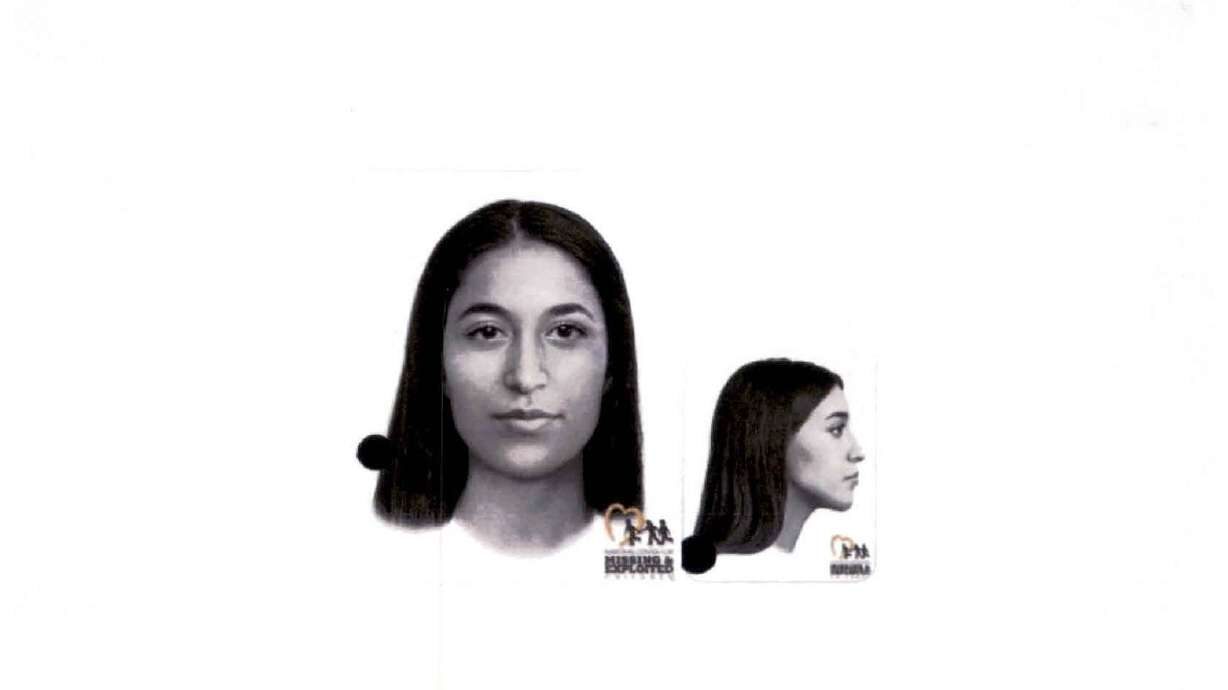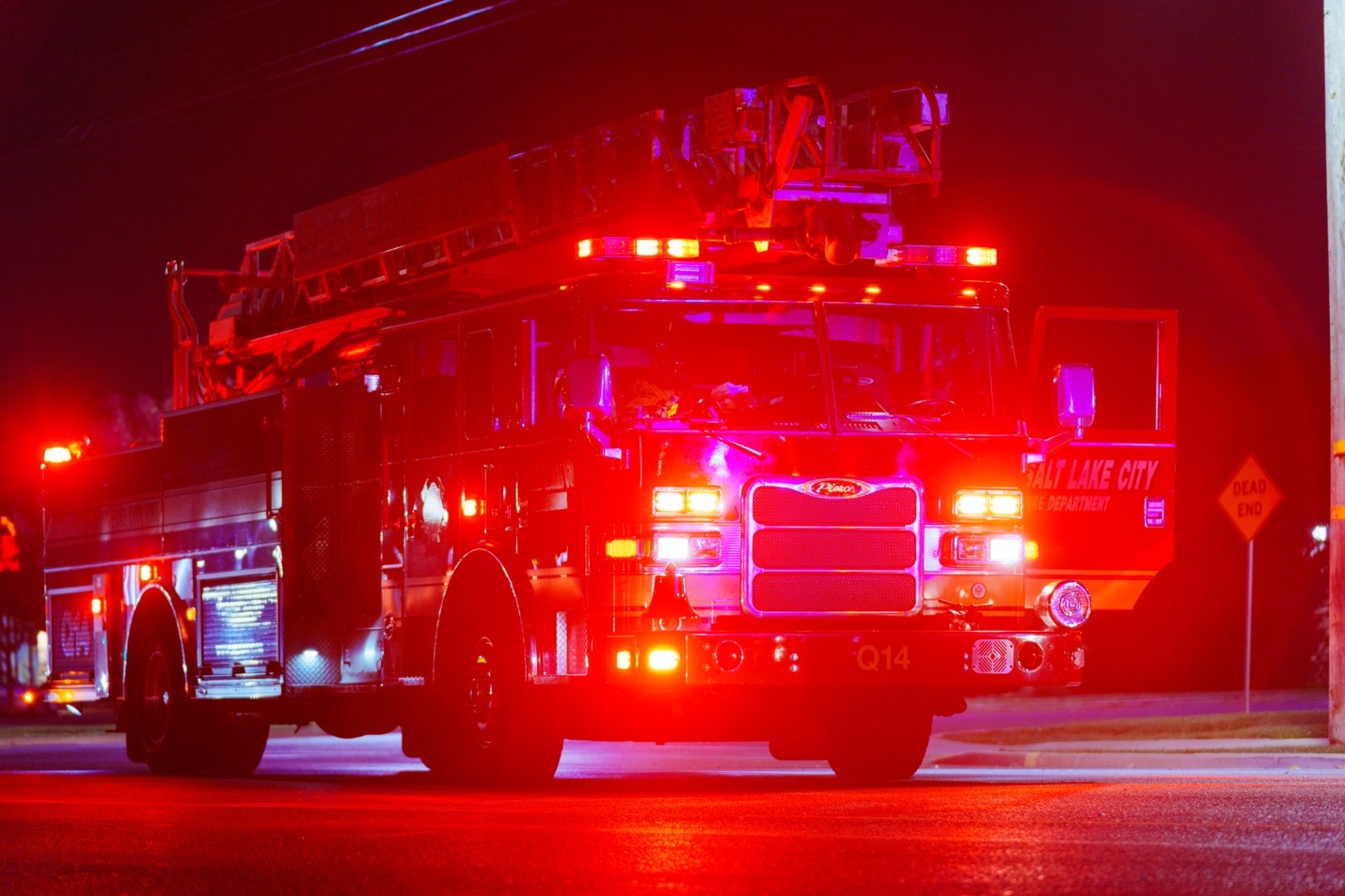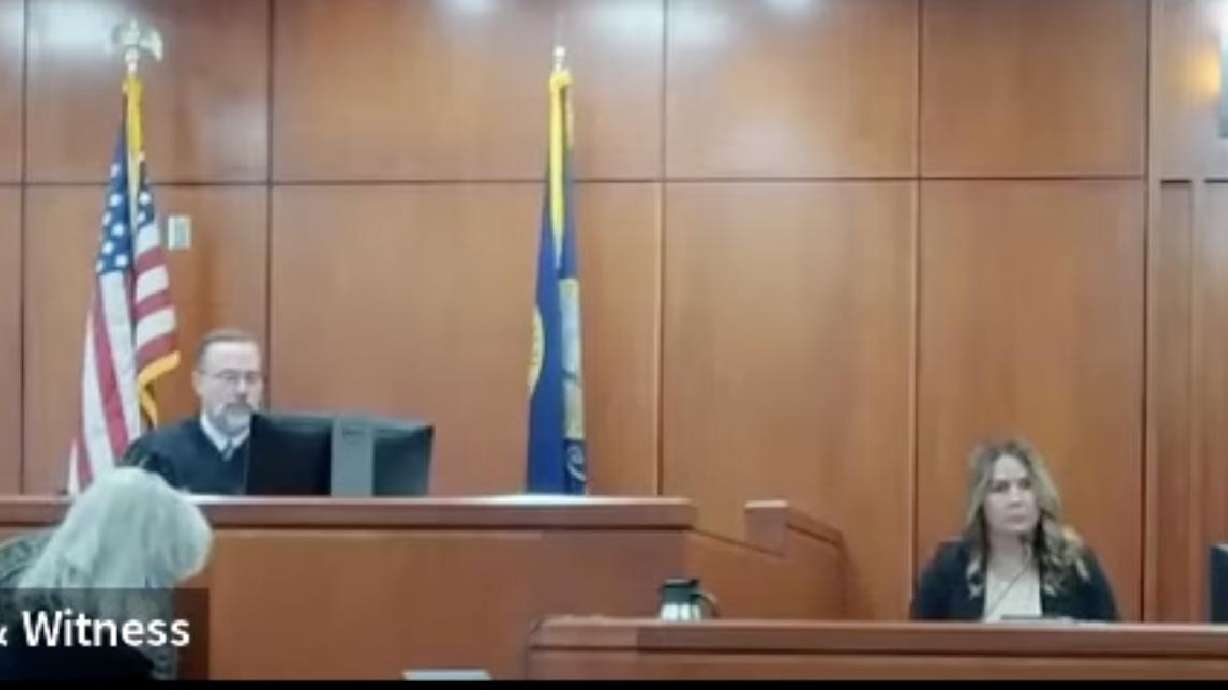Bringing shoplifters in Utah to justice
Jun 3, 2022, 4:55 PM | Updated: Dec 30, 2022, 11:20 am

Stock photo: Getty Images
SALT LAKE CITY — There’s a shoplifting epidemic in America. A recent survey of small-business owners found that a majority (54%) experienced an increase in shoplifting in 2021. And for this blatant theft, honest customers are paying the price. A county attorney in Utah explains how prosecuting shoplifters can be difficult.
Shoplifting by the numbers
Grocery stores commonly operate on a 1-percent profit margin. This means that a grocery must recover $100 for every $1 worth of shoplifted inventory, according to Rutgers University.
“For every $330 worth of products stolen, a retailer has to sell an incremental $300,000 worth of goods to break even,” said Burt Flickinger, managing director of retail consultancy Strategic Resource Group. “We’ve talked to retailers across America who say shoplifting is now 2% to 3% of their total sales. That’s up from 0.7 to 1% pre-pandemic” as reported by CNN.
It’s gotten so bad, Home Depot is selling a line of power tools that won’t work unless the tool is scanned and activated by a store clerk.
Business.org surveyed about 700 small businesses and 23 percent said retail theft happens daily. The National Retail Federation surveyed 61 medium to large retailers and found that organized retail crime cost an average of more than $700,000 per $1 billion in sales in 2020 as reported by the Wall Street Journal.
Prosecuting shoplifters in Utah: a revolving door
Davis County Attorney Troy Rawlings explains that prosecuting shoplifters can be dynamic, complex and evolving. He joins KSL NewsRadio’s Dave & Dujanovic to sort through the legal process of going after shoplifters.
Dave wants to know why shoplifters aren’t put in jail for a long time.
Rawlings said the level of charges brought against a shoplifter are based on two factors.
“Most prosecutions for shoplifting are based upon the value of the items stolen and the past history of the defendant,” he said.
According to the Salt Lake City law firm of Brown Bradshaw & Moffat:
- Class B Misdemeanor Theft
Theft of property or services valued at less than $500. This is the most common retail theft charge in Utah. - Class A Misdemeanor Theft
Theft of property or services valued between $500 and $1,500 is usually charged as a class A misdemeanor in Utah - Third-Degree Felony Theft
Theft of property or services valued between $1,500 and $5,000 is usually charged as a third-degree felony in Utah. Additionally, a third-degree felony charge may be issued if an offender has been convicted twice in the past ten years of any actual or attempted theft, robbery, fraud, or burglary with intent to commit theft. - Second-Degree Felony Theft
Theft of property or services valued at more than $5,000 is usually charged as a second-degree felony in Utah. Additionally, theft of items like a firearm or vehicle, regardless of the total value, is often classified as a second-degree felony in Utah. The same is true for any theft committed while the offender is armed with a weapon.
Rawlings added that a lack of police officers and jail bed space are creating a revolving door for convicted shoplifters.
There are now more than 600 open law enforcement positions in Utah, Rawlings said, adding one of his lead investigators could not attend a trial that the Davis County Attorney’s office investigated because it’s so understaffed.
For “these class B misdemeanor, even if it’s prosecuted, the person’s not realistically going to be doing any jail time, unless they’ve got significant priors [convictions] that’s going to bump it to an [class] A [misdemeanor] or a third [-degree felony] to keep the jail-bed populations low [or the] prison bed populations low,” Rawlings said. “It’s a revolving door.”
Related:
U.S. Chamber Letter on Organized Retail Crime and Retail Theft
—————–
Dave & Dujanovic can be heard weekdays from 9 a.m. to noon. on KSL NewsRadio. Users can find the show on the KSL NewsRadio website and app, as well as Apple Podcasts and Google Play.













